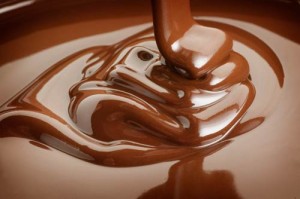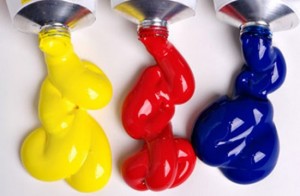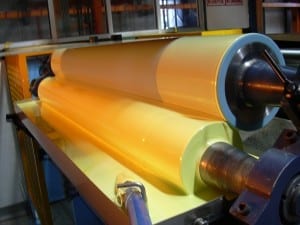Hacking The Rheology Of Your Competitors’ Products…Before They Hack Yours.
I s there a product in your industry that has that certain x-factor that brings its users back for more time and time again? It could be a cosmetic lotion with a remarkable texture, a dip or dressing with the perfect mouth-feel or an ink, adhesive or coating that runs perfectly on any line no matter how old the batch or at what temperature the factory is that day.
s there a product in your industry that has that certain x-factor that brings its users back for more time and time again? It could be a cosmetic lotion with a remarkable texture, a dip or dressing with the perfect mouth-feel or an ink, adhesive or coating that runs perfectly on any line no matter how old the batch or at what temperature the factory is that day.
The first step to beating a competitor’s rheology is to know your competitor’s rheology, that is, to really know your competitor’s rheology – not just a Brookfield viscosity – but a deep dive into the richly nuanced rheological landscape that makes their product the one that everybody wants.
Structure: Colloidal, Polymer or Otherwise
The first landmark on our rheology map is structure: does their product wobble like a soft jelly or is it firm and rigid?
their product wobble like a soft jelly or is it firm and rigid?
Is it pourable or does it leave a significant residue on the walls of a tank or the inside of a bottle? Modulus, (rigidity) and yield stress (soft solid gel strength) are manifestations of elastic behaviour resulting from all manner of interactions in a material, colloidal networks, particle/polymer associations and various bond mechanisms. Modulus and yield stress can be easily measured under various conditions, even for the most delicate of suspensions; fruit juice for example, develops a structure when at rest, the strength and rigidity of which can be measured with the right equipment and techniques.
Viscoelasticity

The next point on our rheology map is viscoelasticity.
Does the leader in your market have a cuttable, brittle texture or is it slimy and “snotty” to use a much underused but deliciously descriptive term? A small amount of the latter can, in fact, impart luxuriant skin or mouth feel to a product, imparting film-forming and lubricating qualities.
Does it flow under all circumstances, shearing down to an easy-to-handle liquid rather than turning into a bouncy, elastic blob whenever you try to pump it, fill it into bottles or squeeze it through a nozzle?
Viscosity: High-shear, Low-shear and No-shear

And finally, we come to viscosity. Outside of the “Brookfield zone” does it have a high zero-shear viscosity that resists sagging,slumping or sedimentation? And how does it fare under high shear, such as on application to the skin, under the blade of a high-shear knife coater or when ejected from an atomizing nozzle?
These are just some of the delicately-balanced attributes of a well-designed rheology profile: the difference that makes the difference in a winning product.
“Rheology hacking” involves the interrogation of a competitor product’s structure, flow and viscoelastic properties to elicit the metrics of relevance. Here at the Centre for Industrial Rheology we specialise in the application of judiciously chosen testing methods and the subsequent identification and quantification of those crucial attributes. Then, armed with the numbers we provide, our client’s can set to developing formulations that beat those numbers and gain a competitive edge in the marketplace.
